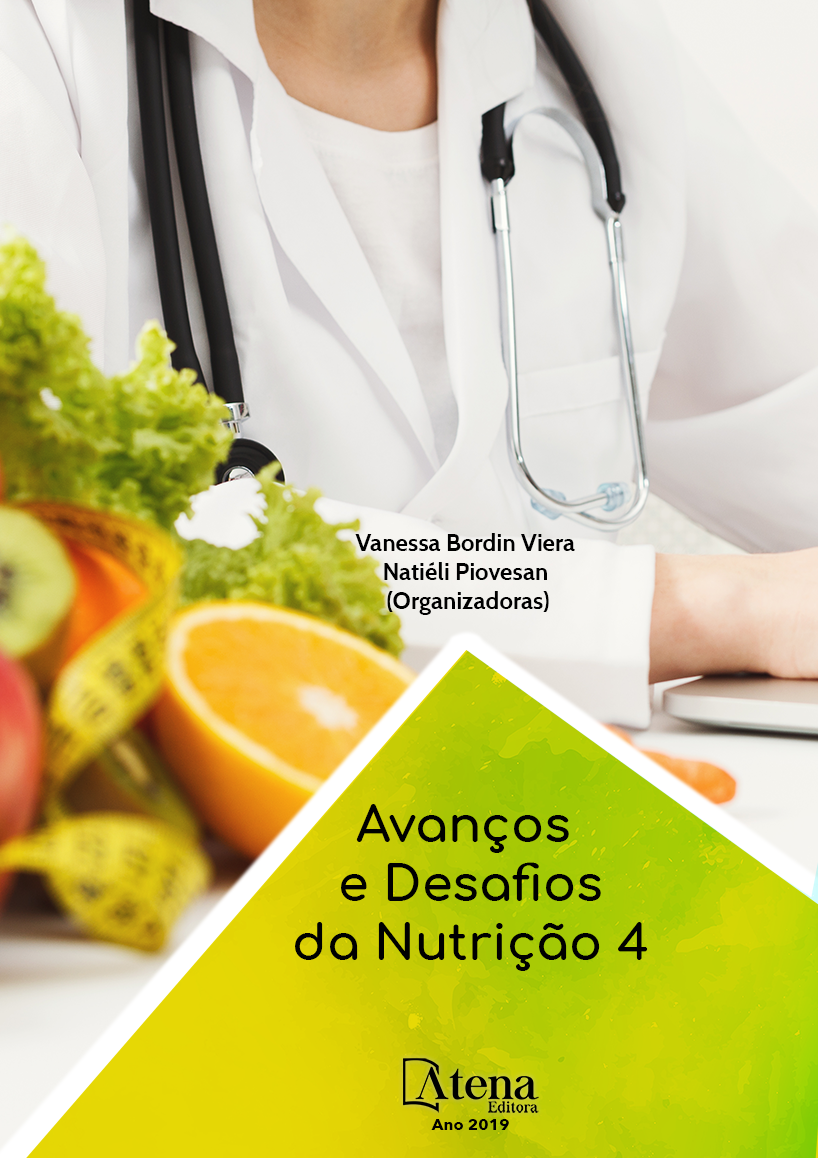
PHYSICAL-CHEMICAL, MICROBIOLOGICAL AND SENSORY CHARACTERISTICS OF JELLIES PREPARED WITH PETALS OF ROSES
Rosas (Rosa x grandiflora Hort.) e
hibisco (Hibiscus sabdariffa L.) são espécies
que se destacam na área ornamental, mas nos
últimos anos vêm ganhando espaço na área
alimentícia. Assim, o objetivo deste estudo foi
elaborar geleias a partir de pétalas de rosas
e hibisco e avaliar suas características físicoquímicas,
microbiológicas e sensoriais. Quatro
geleias foram elaboradas, a partir de pétalas de
rosas em chá e em pó, hibisco cultivado e hibisco
comercial em chá. As geleias apresentaram
umidade entre 19% e 30,7%, atividade de água
entre 0,742 e 0,882, teor de sólidos solúveis
totais entre 67ºBrix e 69ºBrix, teores totais
de açúcar entre 59% e 71% e pH entre 3,01
e 4,64. As geleias apresentaram contagem de
bolores e leveduras <4 log UFC g-1 no sexto
mês de armazenamento. A geleia de chá de
pétala de rosas, preferida pelos provadores,
diferiu significativamente da geleia feita de pó
de pétala de rosas, em relação à cor, sabor e
aparência geral. A geleia de hibisco comercial
diferiu significativamente da geleia de hibisco
cultivada em todos os atributos. Além disso,
a avaliação sensorial mostrou boa aceitação
pelos consumidores.
PHYSICAL-CHEMICAL, MICROBIOLOGICAL AND SENSORY CHARACTERISTICS OF JELLIES PREPARED WITH PETALS OF ROSES
-
DOI: 10.22533/at.ed.43919240518
-
Palavras-chave: Teste de aceitação, composição química, flores comestíveis, Hibiscus sabdariffa L., Rosa x grandiflora Hort.
-
Keywords: Acceptance test, chemical composition, edible flowers, Hibiscus sabdariffa L., Rosa x grandiflora Hort.
-
Abstract:
Roses (Rosa x grandiflora Hort.)
and hibiscus (Hibiscus sabdariffa L.) are species
that stand out in the ornamental area, but in recent years have been gaining space
in the food area. Thus, the objective of this study was to prepare jellies from petals
of roses and hibiscus and to evaluate their physical-chemical, microbiological and
sensory characteristics. Four jellies were made, from rose petals in tea and in powder,
cultivated hibiscus and commercial hibiscus in tea. The jellies presented humidity
between 19% and 30,7%, water activity between 0.752 and 0.882, total soluble solids
contents between 67ºBrix and 69ºBrix, total sugar contents between 59% and 71%
and the pH ranged from 3.01 to 4.64. The jellies showed mold and yeasts counts < 4
log CFU g-1 in the sixth month of storage. The rose petal tea jelly, preferred by tasters,
differed significantly from the jelly made of rose petal powder, in relation to color, taste
and overall appearance. The commercial hibiscus jelly significantly differed from the
cultivated hibiscus jelly on all attributes. Moreover, sensory evaluation showed good
acceptance by consumers.
-
Número de páginas: 15
- Felipe de Lima Franzen
- Mari Silvia Rodrigues de Oliveira
- Ana Paula Gusso
- Janine Farias Menegaes
- Maritiele Naissinger da Silva
- Neila Silvia Pereira dos Santos Richards


